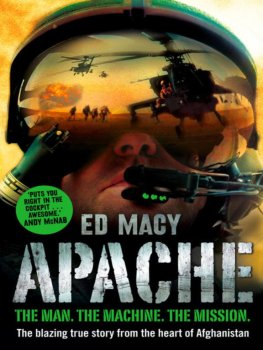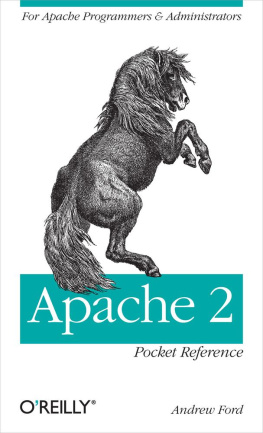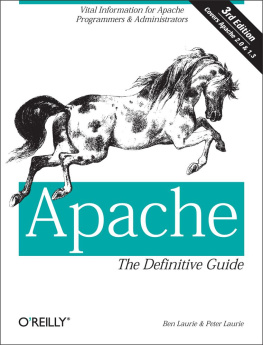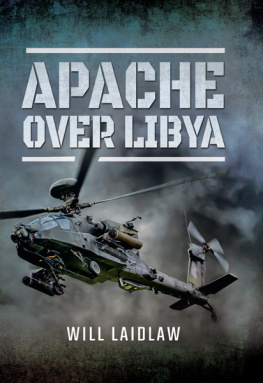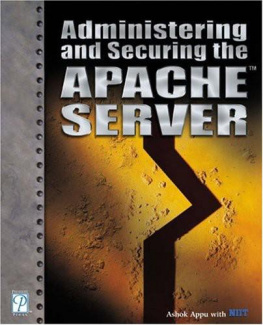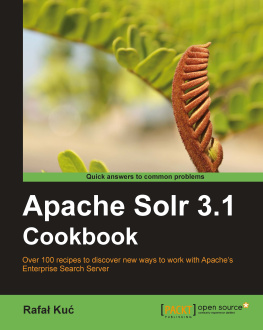Lewis - Apache Dawn
Here you can read online Lewis - Apache Dawn full text of the book (entire story) in english for free. Download pdf and epub, get meaning, cover and reviews about this ebook. year: 2008, publisher: St. Martins Press, genre: Non-fiction. Description of the work, (preface) as well as reviews are available. Best literature library LitArk.com created for fans of good reading and offers a wide selection of genres:
Romance novel
Science fiction
Adventure
Detective
Science
History
Home and family
Prose
Art
Politics
Computer
Non-fiction
Religion
Business
Children
Humor
Choose a favorite category and find really read worthwhile books. Enjoy immersion in the world of imagination, feel the emotions of the characters or learn something new for yourself, make an fascinating discovery.
- Book:Apache Dawn
- Author:
- Publisher:St. Martins Press
- Genre:
- Year:2008
- Rating:3 / 5
- Favourites:Add to favourites
- Your mark:
- 60
- 1
- 2
- 3
- 4
- 5
Apache Dawn: summary, description and annotation
We offer to read an annotation, description, summary or preface (depends on what the author of the book "Apache Dawn" wrote himself). If you haven't found the necessary information about the book — write in the comments, we will try to find it.
Lewis: author's other books
Who wrote Apache Dawn? Find out the surname, the name of the author of the book and a list of all author's works by series.
Apache Dawn — read online for free the complete book (whole text) full work
Below is the text of the book, divided by pages. System saving the place of the last page read, allows you to conveniently read the book "Apache Dawn" online for free, without having to search again every time where you left off. Put a bookmark, and you can go to the page where you finished reading at any time.
Font size:
Interval:
Bookmark:


In memory of Vince Hussell, gone but not forgotten
Once an Apache pilot, always an Apache pilot
Nothing is impossible
The motto of the Second World War Glider Pilots Regiment, the forerunner of the Army Air Corps
They have earned their spurs in the heat, dust and fire of combat, in the face of challenging and complex operations and often in the face of great danger
Air Chief Marshal Sir Jock Stirrup, on the Apache operations in Afghanistan, 2007
Never in the field of human conflict has so much been fired at so many by so few
Apache pilot Steve James, commenting on Operation Chakush
Woe to he who is seen
Motto of 664 Squadron, Army Air Corps

Afghanistan
This is the story of one flight of two Apache attack helicopters in action in Afghanistan during their baptism of fire in the summer of 2007. It tells of the actions of the four men who flew those Apaches during a tour that lasted one hundred days. I am grateful to two pilots in particular, Baz and Steve, for sharing their stories from that tour. I am also grateful to their younger front-seaters, Tim and Alex, who were happy for their stories to be told alongside those of their more experienced co-pilots. This book is their story, and it is told as far as is possible in their own words.
What each of the Apache pilots would stress is that theirs is an archetypal tale, one that illustrates the wider heroism and valour, and the shared challenges that all Army Air Corps Apache pilots experienced during their first months of combat operations in Afghanistan. The year 2007 was the Golden Jubilee of the Army Air Corps, in which the Corps celebrated a long and distinguished combat history stretching back to the D-Day landings and before. The record of the Apache regiments in 2007 did much to further that tradition, and this book could arguably have been written about any of the Apache aircrew who served, their stories equally replete with drama and daring.
The actions depicted in the Prologue of this book, during the Jugroom Fort rescue mission, were carried out by the men of 656 Squadron, Army Air Corps. The four men of the flight featured in the main body of this book are from 662 Squadron, Army Air Corps. I have included the Jugroom story because it is a high profile tale of the heroics demonstrated by the Apache attack helicopter pilots during their first months in combat, and because the men of the Apache Attack Regiments as a whole wanted that story to be told. It is a tale of extraordinary daring beyond the call of duty, but it is by no means unique as I hope the entirety of this book demonstrates.
Wherever possible, the British Apache attack helicopter regiments maintain a policy akin to that of UK Special Forces and do not make public the names of their aircrews. This is to minimise the danger of reprisals against Apache pilots or their families in the UK or elsewhere. Accordingly, I have used pseudonyms for the Apache pilots portrayed, unless their names have already appeared in the press or the pilots themselves asked me to do otherwise. The faces of the Apache pilots in the photos used in this book have been redacted for the same reasons.
All other aspects of this story remain unchanged. Accounts of the actions that took place are based upon interviews with the soldiers and airmen. Conversations between soldiers have been recreated from the memories of those involved and from diaries written by those soldiers at the time of their deployment. I have endeavoured to report accurately and truthfully the events portrayed. However, inquests have not yet been held into some of the deaths reported in these pages. Any insult or injury to any of the parties described or quoted herein, or to their families, is unintentional. I will be happy to correct any inaccuracies in later editions.
The Ministry of Defence requested that a number of points of operational security sensitivity were not published in this book. Some units of British and Allied soldiers have not been identified, again at the request of the MOD. In addition, any contributions or statements of a political nature herein are those of the author and the author alone and they do not represent or reflect those of the Secretary of State for Defence.
The 1st Battalion Worcestershire and Sherwood Foresters was renamed 2nd Battalion The Mercian Regiment (Worcesters and Foresters) in August 2007, as 662 Squadrons deployment was drawing to a close. Ugly was the call-sign for all four Apache attack helicopter flights of 662 Squadron during their summer 2007 Afghan deployment. The official name of the flight featured in this book was Five Flight.
Wildman
15 January 2007, Helmand Province, Afghanistan
They called themselves the wildmen. The lead Apache of the flight was call-sign Wildman Five Zero , its wing aircraft Wildman Five One . Their credo was simple: to do whatever it took to get the job done. Their job was to fly their ugly, killer aircraft in support of British ground troops, and to kill the enemy wherever they found them. And, like true wildmen, they would do whatever it took to get the job done.
That mornings attack had started with a briefing by torchlight in the dead hours of darkness, out in the empty wastes of the Afghan desert. The tough yet softly spoken soldiers of the Royal Marines, Zulu Company, 45 Commando, had gathered around their maps, their head-torches casting a soft halo of light as they conferred in whispers.
The assault on the enemy stronghold of the Jugroom Fort had been long in the planning, and for weeks the Brigades Recce Force had kept eyes on the enemy position, gathering vital intelligence in preparation for the attack. H-hour was 0600 hours, barely thirty minutes away. Then they would hit them hard.
The aptly named Operation Glacier was the last thing that the enemy would be expecting. It was the bitter cold of an Afghan winter, the January skies threatening snow. There were unwritten rules as to how the fighting went here, or at least there had been. The spring and summer were the shooting season, the winter months too cold and miserable for any soldier to be out and about spoiling for a fight.
But the men of 45 Commando were about to bust those rules wide open. They were attacking during the closed season, so as to prevent the enemy from rearming and regrouping during the winter months. And they were doing so against a target that the enemy had presumed was an impregnable stronghold, and so off limits to such a threat.
Jugroom Fort a high-walled fortress ringed by watchtowers is situated in Garmsir, to the extreme south of Helmand Province. This was the enemys true heartland, and they thought their forces invincible here. The Commandos aim was to take the enemy by complete and utter surprise, the shock of the assault giving them a much-needed advantage.
In Garmsir, enemy territory consists of some twenty square kilometres land that at one time would have been densely populated. Now it is a series of bombed-out, cratered buildings connected by a maze of tunnels, ditches and caves. The enemy have near-total freedom of movement within this area, being able to move fighters into firing positions without being spotted.
British forces are so familiar with the area that every ruined building, footpath, ditch and tree has a nickname or an objective name. Three Walls, Snowdon, Taunton, Euro Disney the names had evolved through a mixture of simple observation of a shape or a feature, and the ever-present British squaddies humour.
Font size:
Interval:
Bookmark:
Similar books «Apache Dawn»
Look at similar books to Apache Dawn. We have selected literature similar in name and meaning in the hope of providing readers with more options to find new, interesting, not yet read works.
Discussion, reviews of the book Apache Dawn and just readers' own opinions. Leave your comments, write what you think about the work, its meaning or the main characters. Specify what exactly you liked and what you didn't like, and why you think so.








